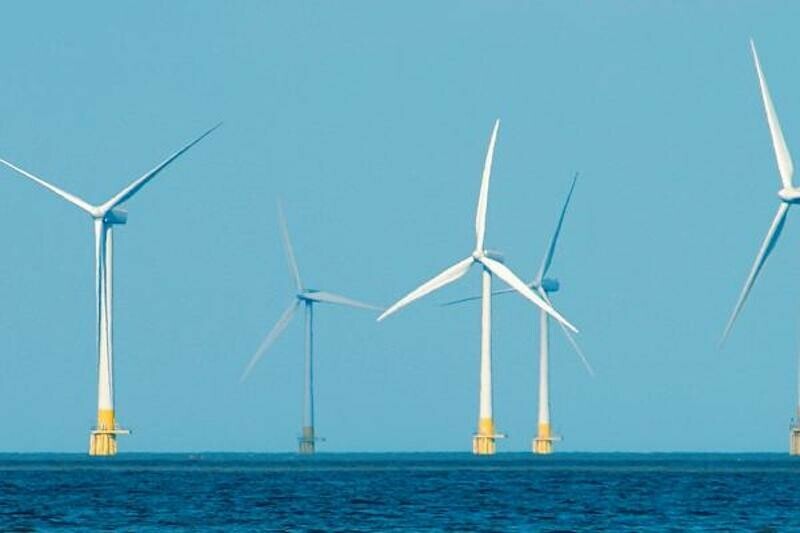In the first quarter of 2023, the U.S. offshore wind market saw a flurry of state activity that has stimulated new manufacturing investments, according to a new report released today by the Business Network for Offshore Wind (BNOW).
The U.S. Offshore Wind Quarterly Market Report highlights key developments from federal and state governments in the first quarter and the effects on advancing the U.S. offshore wind industry towards its first commercial-scale wind projects.
Maryland quadrupled its state offshore wind goal in March, while four other East Coast states are setting the pace for investments with new power procurement that could total an additional 10 GW of offshore wind energy generation. Once complete, these financial agreements should result in substantial investments in new manufacturing facilities, port infrastructure, and other supply chain components, the BNOW report said.
“With American offshore wind is on the rise, states took back the mantle in accelerating market development in the first quarter of 2023, a point driven home by Maryland Governor Wes Moore announcing a new 8.5 GW goal at our International Offshore Wind Partnering Forum,” Liz Burdock, founder and CEO of the Business Network for Offshore Wind, said in a statement. “Ambitious state targets, new supply chain capacity, and streamlined regulations are vital to growing and scaling the U.S. offshore wind industry, but unless we commit to supercharging the building ships, ports, and manufacturing facilities, we will risk falling short of our offshore wind goals. The work we do in the months ahead will be critically important to sustaining this growth long-term.”
The report includes new data on market trends and technological advancements. According to the first quarter U.S. Offshore Wind Quarterly Market Report:
- New Jersey, New York, Rhode Island, and Connecticut took steps to drive the market forward by advancing solicitations for new power contracts, which will generate new supply chain investments in the near term.
- New supply chain initiatives and partnerships with the Port of Long Beach, Calif., and a major San Diego-based shipyard are laying the groundwork for a local industry to support the nation’s floating offshore wind market.
- Efforts to modernize the federal regulatory system will lead to $1 billion in savings for the industry, accelerate development, streamline and strengthen environmental protections, and bring much needed clarity to safety regulations.
- New investments in ports, shipbuilding, and technology are expanding supply chain capacity, but more work is needed to advance the supply chain to the level called for in the Supply Chain Roadmap published in January by the National Renewable Energy Laboratory in conjunction with the Network.
The U.S. Offshore Wind Quarterly Market Report is available online.




